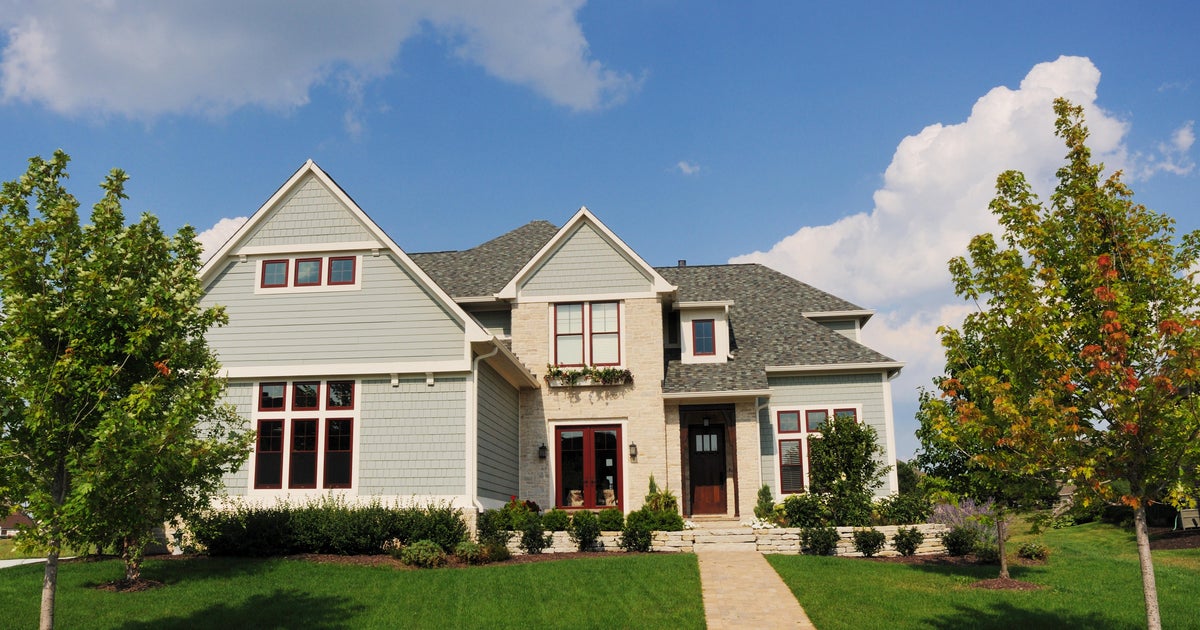Homebuying in 2019: Prices dipping, but other problems linger
After an almost decade-long "seller's market," in which prospective homeowners routinely encountered a bidding war, prices for homes and condos are leveling off. But buyers shouldn't count on having an easier time negotiating -- particularly for a "starter" home.
Chief Economist Lawrence Yun of the National Association of Realtors predicts just a 2 percent rise in home prices this year. "Price increases will be difficult to maintain after several years of sizable gains," said Yun. Housing prices have risen 52 percent since 2010 when the nation began to recover from the real estate crash.
Yun's prediction is in line, but not in total agreement, with other projections. Global analytics firm CoreLogic forecasts this year's average home price increases will slow to 3.4 percent, down from 5.8 percent in 2018. Yet both projections adhere to the same trend: Gains generated since 2010 are unsustainable. And if proved right, homebuying could become easier for millennials who are starting families and want to purchase homes.
"More millennials will become first-time homebuyers in 2019," predicted housing website Trulia in an outlook for this year published in November.
But a couple of key issues stand in the way. One is a rise in interest rates, which helped stall the housing market at the end of last year. When the Federal Reserve raised its benchmark federal funds rate during the latter part of 2018, housing price increases leveled off. December's rise was a mere 0.1 percent from the previous month, according to CoreLogic.
End of the line for low rates?
"Mortgage rates on 30-year, fixed-rate loans have been less than 5 percent since the end of the recession, helping to buoy housing demand and keep monthly payments relatively cheap even as prices themselves rose," said Trulia. It went on to warn that "those record low rates will come to an end in 2019," and to expect rates to reach 10-year highs this year, but it didn't forecast a particular rate increase.
Another problem for house hunters is lack of inventory. "First-time buyers should be prepared for limited inventory choices," said Yun. While builders are constructing houses as fast as they can, they're focused on higher-end properties because that's where the money is. Builders are often stymied by local zoning laws restricting building and land use, and the high asking prices for vacant lots and farmland, he added.
The construction industry is also "facing significant headwinds" from the higher cost of materials and labor, said Trulia, so "do not expect much if any growth in new construction starts in 2019 to relieve inventory woes." Building costs -- especially on the West Coast -- are soaring due to the wildfires and natural disasters, as well as tariffs on Canadian lumber.
"Goodbye Silicon Valley, hello Heartland"
When it comes to real estate, location still trumps everything. "Some areas will see more activity than others," said Yun, who sees Southern and Midwestern cities such as Atlanta, Charleston and Dallas as far more affordable than those in the Northeast.
Trulia has its own list of "top housing markets," including Grand Rapids, Michigan, and Jacksonville, Florida. "Goodbye Silicon Valley, hello Heartland," said the November report's author, Cheryl Young.
Those looking to purchase homes in the Northeast should first consult with an accountant. The new tax law will limit homeowners in these high-property-tax locales when they attempt to deduct these taxes and mortgage interest payments. While 97 percent of homeowners nationwide can fully deduct these items, said Yun, 30 percent of those in New Jersey, for instance, will exceed the new lower limits on homeownership deductions.




